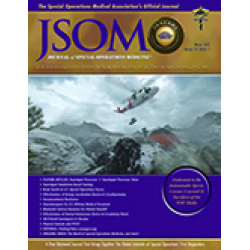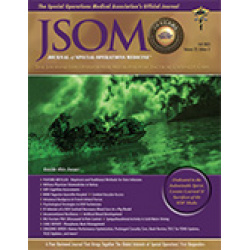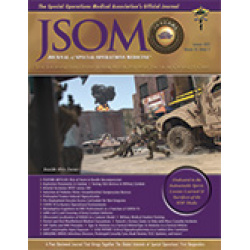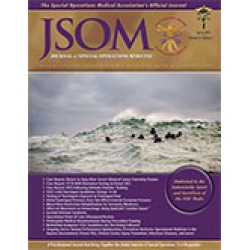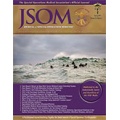Blood Flow Restriction Rehabilitation for Extremity Weakness: A Case Series
Hylden C, Burns T, Stinner DJ, Owens J 15(1). 50 - 56 (Journal Article)
Background: Blood flow restricted (BFR) training, the brief and partial restriction of venous outflow of an extremity during low load resistance exercises, is a safe and effective method of improving strength in healthy, active individuals. A relatively unexplored potential of this adjunctive modality lies in treating patients with severe musculoskeletal trauma, persistent chronic quadriceps and hamstring weakness despite traditional therapy, and low improvement during early postoperative strengthening. Methods: This case series describes patients with chronic quadriceps and hamstring weakness who received an intervention of BFR at low loads, 20% of 1 repetition max (1RM), to restore strength. A case series was conducted of seven patients, all located at one hospital and all with traumatic lower extremity injuries. The seven patients were treated at the same medical center and with the same BFR protocol. All seven patients had isokinetic dynamometer testing that showed persistent thigh muscle weakness despite previous rehabilitation with traditional therapy and 35% to 75% peak torque deficit in either knee extension or flexion compared with the contralateral lower extremity. Patients underwent 2 weeks of BFR training therapy using a pneumatic tourniquet set at 110mmHg while performing leg extensions, leg presses, and reverse leg presses. All affected extremities were retested after 2 weeks (six treatment sessions). Dynamometer measurements were done with flexion and extension at two speeds: 90° and 300°/sec. The data recorded included peak torque normalized for body weight, average power, and total work. Results: All seven patients demonstrated improvements in peak torque, average power, and total work for both knee flexion and extension, with power being the most improved overall. Peak torque improved an average of 13% to 37%, depending on contraction direction and speed. Average power improved an average of 42% to 81%, and total work improved an average of 35% to 55%. Conclusion: BFR therapy at low loads can affect improvement in muscle strength in patients who are unable to perform high-resistance exercise or patients who have persistent extremity weakness despite traditional therapy.


 English
English 